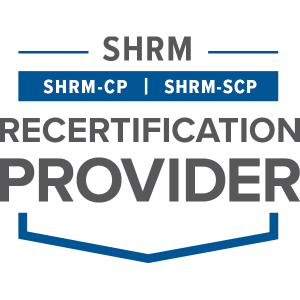Title VII plaintiffs in the Fifth Circuit are no longer required plead disparate treatment in an ultimate employment decision.
In Hamilton v. Dallas County, the en banc court overturned decades of precedent and articulated a new employee-friendly rule for Title VII disparate treatment claims—“a plaintiff plausibly alleges a disparate treatment claim under Title VII if she pleads discrimination in hiring, firing, compensation, or the ‘terms, conditions, or privileges’ of her employment.”
The Standard Articulated by the Hamilton Court
- “To adequately plead an adverse employment action, plaintiffs need not
 allege discrimination with respect to an ‘ultimate employment decision.’ Instead, a plaintiff need only show that she was discriminated against, because of a protected characteristic, with respect to hiring, firing, compensation, or the ‘terms, conditions, or privileges of employment’—just as the statute says.”
allege discrimination with respect to an ‘ultimate employment decision.’ Instead, a plaintiff need only show that she was discriminated against, because of a protected characteristic, with respect to hiring, firing, compensation, or the ‘terms, conditions, or privileges of employment’—just as the statute says.”
- “The days and hours that one works are quintessential ‘terms and conditions’ of one’s employment”
- “We thus leave for another day the precise level of minimum workplace harm a plaintiff must allege on top of showing discrimination in one’s ‘terms, conditions, or privileges of employment.’”
Background
The Dallas County Sheriff’s Department (“Department”) gives its detention officers two days off each week. Prior to 2019, detention officers’ days off were determined by seniority. In 2019, the Department eliminated the seniority system and days off were determined by sex—only men were allowed to take off Saturday and Sunday. Women could not elect to have both of their days off on the weekend.
Nine female detention officers sued the Department, alleging that the sex-based scheduling policy violated Title VII’s prohibition against sex discrimination. The trial court granted the County’s motion to dismiss, reasoning that the scheduling policy was not an “ultimate employment decision.” Under Fifth Circuit precedent, alleged conduct violated Title VII if it was an “ultimate employment decision” such as hiring, granting leave, discharging, promoting, and compensating. The Fifth Circuit panel affirmed the trial court’s dismissal, noting that this case was the “ideal vehicle” for an en banc court to align the Circuit’s precedent with the meaning of Title VII’s text. The Fifth Circuit panel explained that “[s]urely allowing men to have full weekends off, but not women, on the basis of sex rather than a neutral factor like merit or seniority, constitutes discrimination with respect to the terms or conditions of those women’s employment.”
En Banc Decision Continue reading →
Like this:
Like Loading...










 While there was a case several years ago that garnered a good deal of media attention involving a female bank employee who claimed she was told she was “too sexy” for her position, it is more common to encounter claims by women (and men) that they were treated less favorably than a coworker whom the boss found attractive. Obese workers have alleged that they were perceived as disabled because of their weight and employees who wear certain garments and/or jewelry as part of their religion have also filed claims of discrimination. Meanwhile, hairstyles and types are now on the cutting edge of fair employment law compliance.
While there was a case several years ago that garnered a good deal of media attention involving a female bank employee who claimed she was told she was “too sexy” for her position, it is more common to encounter claims by women (and men) that they were treated less favorably than a coworker whom the boss found attractive. Obese workers have alleged that they were perceived as disabled because of their weight and employees who wear certain garments and/or jewelry as part of their religion have also filed claims of discrimination. Meanwhile, hairstyles and types are now on the cutting edge of fair employment law compliance.